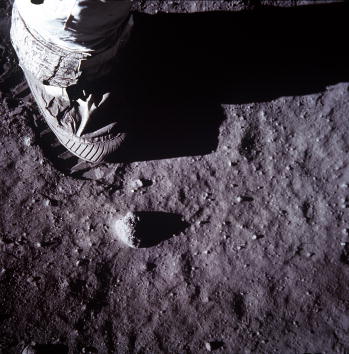
The National Aeronautics and Space Administration is turning to university students to solve one of the lingering problems of space exploration: moon dust.
NASA’s latest invitation to students is part of its plans to make human exploration of the moon sustainable. The problem is that the moon’s native dust particles adhere to almost any type of surface. Its small granules can scratch the lenses of cameras and recording equipment. Worse yet, these dust particles can infiltrate habitats and pose health risks to astronauts once inhaled.
“Removing moon dust from where it isn’t supposed to be, or preventing it from getting there in the first place, is essential for future space exploration,” the NASA statement read.
The Challenge of NASA’s BIG Ideas
The search for the moon dust solution is done through the space agency’s groundbreaking, innovative and game-changing “Idea Challenge” (BIG). It provides an opportunity for undergraduate and graduate students to create and implement their design to mitigate dust or even dust tolerant technologies for lunar applications.
Titled “Dust Mitigation Technologies for Lunar Applications,” NASA seeks solutions in four specific areas. It includes prevention and mitigation of landing dust, which aims to protect space assets, especially landing gear, from feather interactions. Another area, Spacesuit Dust Tolerance and Mitigation, focuses on reducing dust accumulation and penetration into space suits and their subsystems.
READ MORE: The largest 3D map of the universe tells the full story of the expansion of the universe
NASA’s board of judges will select between five and ten teams. The chosen teams will receive $ 180,000 to design, build, test, and demonstrate their proposed solution to the longstanding problem.
The competition is open to teams of five to twenty-five students, graduates or college students, from accredited institutions in the United States. These colleges and universities should also be affiliated with the Space Grant Consortium for their respective states. Partnerships with industry entities are also encouraged.
Eligible teams planning to participate must submit a notice of intent by September 25, 2020. The deadline for submitting proposals and video materials is December 13. The chosen finalists will present their innovative ideas at the BIG Idea Forum in November 2021. The event will be attended by academics as well as subject matter experts from both the agency and industry.
A challenge for the generation of Artemis
“This competition provides students with an unmatched opportunity as members of the Artemis generation to help overcome the historically challenging technical hurdles of moon dust mitigation,” said Niki Werkheiser. Werkheiser is NASA’s Game Changing Development executive program under the Space Technology Mission Directorate, or STMD.
The call to solve the moon dust problem falls under NASA’s Artemis program. Named after the Greek goddess of the hunt, Artemis is Apollo’s twin sister, who is also the name of the space mission that first brought a man to the moon.
NASA’s Artemis Program aims to send the first woman and the next man to land on the moon by 2024. It intends to do so by collaborating with its international partners to make space exploration sustainable. Taking another giant leap for humanity, the results of the next moon landing will serve as references for their next mission: to send astronauts to Mars.
IN CASE YOU HAVE MISSED IT: Witches unite on TikTok for Hex the Moon: Were they successful?
.